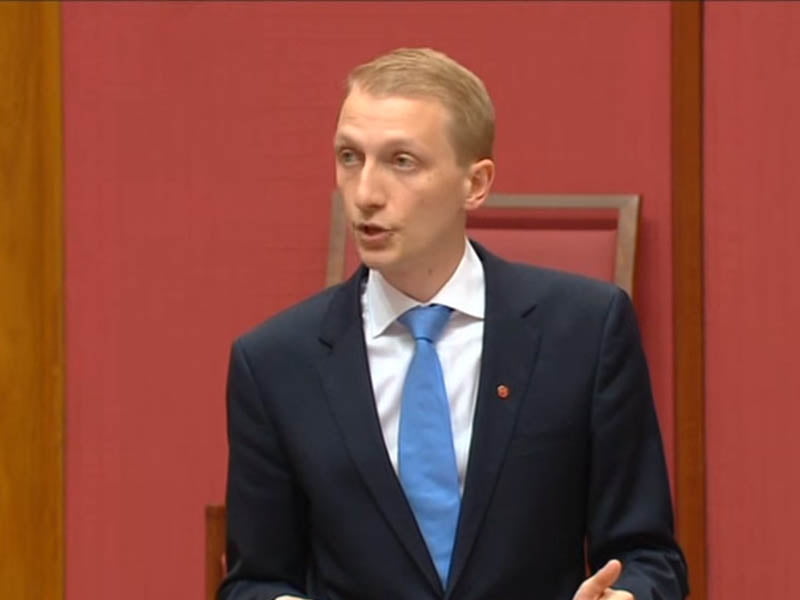Government members of the Senate committee investigating digital service delivery in government have written a robust and lengthy dissenting report defending the Commonwealth’s tech performance.
The stark difference in both tone and content between the majority report signed off by the committee chair – Labor’s Senator Jenny MacAllister – and the dissenting view signed by the Liberal’s deputy chair James Paterson and Queensland Liberal Senator Amanda Stoker is a testament to the politically bruising nature of tech in government right now.

The dissenting report agrees that digital transformation is important, and that it is a highly disruptive process and says the majority report does a good job in articulating the complexity of managing the transition to digital services.
But on the central themes and recommendations, the government senators take a very different view of the challenges of service delivery and the policy responses of the executive.
Broadly, the dissenting report is supportive of what it says is government’s “considered approach” to digital transformation. But there are distinct philosophical differences to the rest of the committee.
It rejects the majority report’s call for a greater centralisation of delivery powers into a “centralised mega-agency” as the answer to the whole-of-government approach to digital delivery.
“Such an approach to digital transformation is rooted in the old command-and-control view of the public sector that does not acknowledge the need for active engagement, flexibility and collaboration,” the minority report says.
“The functions of government departments and agencies are diverse and distinct and it is important that the relevant corporate and policy expertise and knowledge are harnessed when transforming service delivery.”
Instead, the government senators said departments and agencies should be enabled to build digital platforms and solutions to meet their own portfolio programs, and that these platforms and solutions should be leveraged where possible across the government.
The minority senators rejected outright the committee’s criticism of “a lack of focus” on transformation issues by ministers and senior bureaucrats.
“Not only does this reflect a callous disregard for the hard work and dedication of senior public officials, but also a disregard for the facts,” the dissenting report said, adding that oversight of digital transformation resides with a Cabinet committee.
“Decisions of the committee are Cabinet decisions,” it said, and one of committee’s specific objectives “is to modernise the APS so that it is best structured to meet the challenges that the digital delivery of government services so clearly pose.”
The dissenting review similarly rejects the majority report’s conclusion that a lack of in-house IT and digital skills within the Federal government was caused by the reliance on outsourcing of technology projects, but rather capability shortfalls were a consequence of wide marketplace shortages.
It also criticised the majority report for selectively picking up on ICT project failures and concluding that this meant there were systemic problems within government.
Instead, the government senators said there could be better management of expectations, because among that the hundreds of digital projects successfully undertaken at any time, there would always be an acceptable level of failures.
The dissenting view held that the IT skills shortages and strategic policy should be considered in the context of the recently established review by former Telstra CEO David Thodey into the capability, culture and operating model of the Australian Public Service.
The Thodey Review would operate in parallel to the government’s Digital Transformation Strategy, which is currently being developed by the Digital Transformation Agency.
On the DTA, the dissenting senators rejected the majority report’s contention that under its current remit the DTA served no purpose.
On the contrary, the government senators said the DTA was “achieving exactly that which it was intended to achieve at every stage of its mandate.”
The fact that it was a separate, independent body outside of the power structures of the central delivery agencies was itself a demonstration of government’s recognition that digital transformation required different models and new thinking.
“The DTA deliberately presents a different business model to the traditional APS hierarchical and bureaucratised approach,” the dissenting report found.
“The DTA takes a collaborative and persuasive approach to change and innovation. This model is designed to attract a new generation and new approach to the business of government, aligned with Australia’s future in a digital world.”
Do you know more? Contact James Riley via Email.

